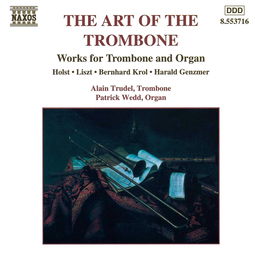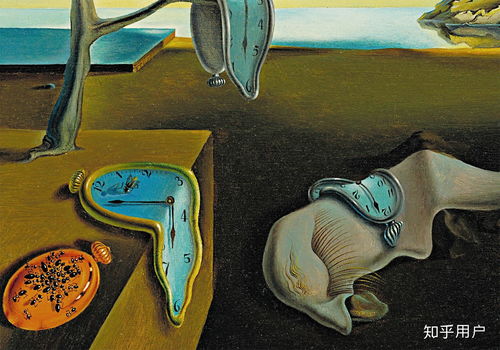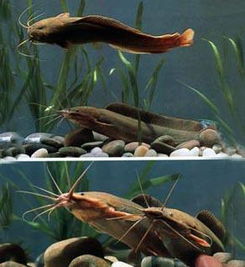Content:
In the serene world of angling, where the gentle rustle of leaves and the soothing sound of water create a symphony of nature, lies the art of fishing. For those who seek to perfect their craft, understanding both the subtle art of ticket design and the practical fishing techniques is crucial. This article delves into the intricacies of both, offering insights that will help any angler improve their skills and enhance their experience on the water.
Understanding Ticket Design: The Art of Attracting Fish
The first step in mastering the art of fishing is to understand the design of fishing tickets, which are essentially the bait or lure that you use to attract fish. The design of a ticket can significantly impact its effectiveness, and here are some key factors to consider:
Color: Fish are often attracted to certain colors, depending on the species and the environment. For instance, bright colors like red, white, and yellow can be effective in clear water, while natural colors like green, brown, and black may work better in murky conditions.
Shape: The shape of a ticket can mimic the movement of real prey, such as minnows or insects. Anglers often use ticket shapes that resemble the natural food sources of the fish they are targeting.
Size: The size of the ticket should correspond to the size of the fish you are trying to catch. Larger fish may require larger tickets, while smaller fish may be more easily enticed by smaller baits.
Weight: The weight of the ticket affects how it moves through the water. Heavier tickets can be more effective in deeper waters or stronger currents, while lighter tickets may be better for delicate presentations in still waters.
Action: The action of a ticket refers to how it moves in the water. Some tickets are designed to flutter, others to wobble, and some to swim in a straight line. The action should be chosen based on the behavior of the fish you are targeting.

Fishing Techniques: The Science of Luring Fish
Once you have a grasp on ticket design, the next step is to learn the various fishing techniques that can help you present your bait or lure effectively. Here are some essential techniques to consider:
Cast and Retrieve: This is the most basic technique, where you cast your line out into the water and then retrieve it back in, often with a twitching or jerking motion to mimic the movement of prey.
Jigging: Jigging involves moving the ticket up and down in the water column. This technique is particularly effective for bottom-dwelling fish like bass and walleye.
Trolling: Trolling is a method where you move your boat at a steady speed while dragging a ticket behind it. This technique is great for covering large areas and can be effective for a variety of fish species.
Fly Fishing: Fly fishing requires precision and finesse. The angler casts a weighted fly line that carries a fly, which imitates insects or other small aquatic creatures. This technique is popular for catching trout and salmon.
Spin Casting: Spin casting is a simple technique that involves a spinning reel and a lightweight rod. It's great for beginners and can be used to cast a variety of tickets.
Bait Fishing: Bait fishing involves using natural or artificial baits like worms, lures, or live bait. This technique is effective for many species and can be used in a variety of environments.
Combining Ticket Design with Techniques
The key to successful fishing lies in combining the right ticket design with the appropriate technique. For example, if you are targeting a species known to feed on small fish, you might choose a ticket that resembles a minnow and use a twitching retrieve technique to mimic the prey's movement.
Conclusion
The world of fishing is vast and ever-evolving, with new techniques and ticket designs being developed all the time. By understanding the principles of ticket design and mastering various fishing techniques, you can enhance your chances of success on the water. Whether you are a seasoned angler or a beginner, the journey of learning and refining your skills is what makes the art of fishing both challenging and deeply rewarding. So, grab your rod, choose the right ticket, and venture out to the water – the secrets of fishing await your discovery.












